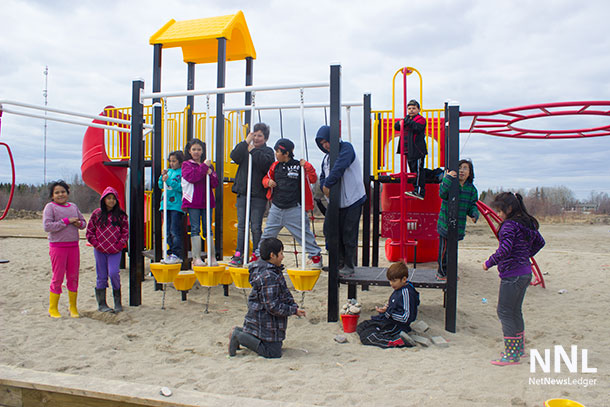
Alberta Distance Learning Centre Pilot Project Shows Promise
EDMONTON, AB – EDUCATION – For many years, the education system in our country has missed the boat on what motivates kids to stay in school.
If older generations don’t want that boat to sink beneath them – because about 25 per cent of our young people fail to graduate from high school – we must reverse our long-standing instinct to focus teaching ambitions on post-secondary education and trade apprenticeships.
Of course, a high-school education is an essential platform for the 75 per cent of students for whom school works, and who do reach higher and farther in their learning goals.
But first and foremost, graduation ought to be about everyone leaving with the skills to go out and get a meaningful job.
Share the Value to Students and Parents
If some students can’t see immediate value, we risk losing them because they see no value at all. Think of the cost of that: to the individual, of course, but also to the community and even to employers, many whom often struggle to find precisely the sort of self-reliant worker that the forgotten 25 per cent could become with different education priorities.
What is the way forward?
Well, we have to be able to give students meaningful hands-on experience that makes sense to them, and makes them see a practical purpose in competencies such as literacy and math.
Right now, Alberta Distance Learning Centre is piloting a project in Bonnyville that does precisely that, with a computer-game-style technology we know captivates young people, but without the expense and potential danger involved in taking them to a heavy-equipment job site.
The early results demonstrate the concept’s potential to fill the vacuum in education for the forgotten 25 per cent.
The core of the project, developed in collaboration with Northern Lights School Division, is a simulation in which a student can walk his on-screen alter ego through a work day in entry-level jobs on one of the service rigs that dot Alberta maintaining and repairing oil wells.
But it comes bundled with more traditional learning and irresistible incentives to succeed at it. If you can see that your lack of ability to do math or read fluently could blow up a rig or cost a friend his life, that’s a whole new level of compelling motivation.
But be clear; as intriguing as the simulation concept is, it is but one tactic in a strategy. And is a strategy – “experiential” learning – that I am making the case for here.
Another avenue ought to be build more curriculum around the traditional core that features hands-on learning of some form or other; curriculum with content designed specifically to appeal to young people most likely to be under-represented in higher education such as the First Nations and immigrant youth. A third way forward could be expanding the range and availability of summer practicums.
Indeed, these lower-tech forms of learning-by-doing have an added bonus from what I call the hidden “third” curriculum. If the first curriculum is traditional core subjects and the second is the wider range of specialized, vocational offerings, the third is the social and people skills new employees need if they are stay and succeed. The ability to express oneself and the ability to work collaboratively in groups are two such skills.
Through the luck of the draw, some young people have parents whose own careers provide a free demonstration of the potential payoff of mastering core subjects, and who role model this “third curriculum” effectively in their own lives.
But schools must fill gaps where they exist to make sure all students have these advantages, just as all schools must have the same resources to help students.
ADLC’s mandate is to meet these challenges, and we do so in many ways. Our service-rig simulation project is one, obviously. But another is our ability to deliver the core “first-curriculum” flexibly when an individual needs to repeat a subject or take a prerequisite. Yet another is our capacity and expertise in online course delivery – a capacity that lets us deliver the full range of ”second-curriculum“ experiential material to the smallest, most remote school.
Perhaps this sounds self-serving, considering the source. Well, as a member of a generation that will depend sooner than later on all young Albertans living self-fulfilling lives doing meaningful work, I’ll just say that it doesn’t matter who fills the vacuum, so long as someone does.
Cam Oulton is assistant superintendent of Alberta Distance Learning Centre, which serves students from grades 1-12 across the province with over 60,000 course enrollments in the current year.
© 2015 Distributed by Troy Media






